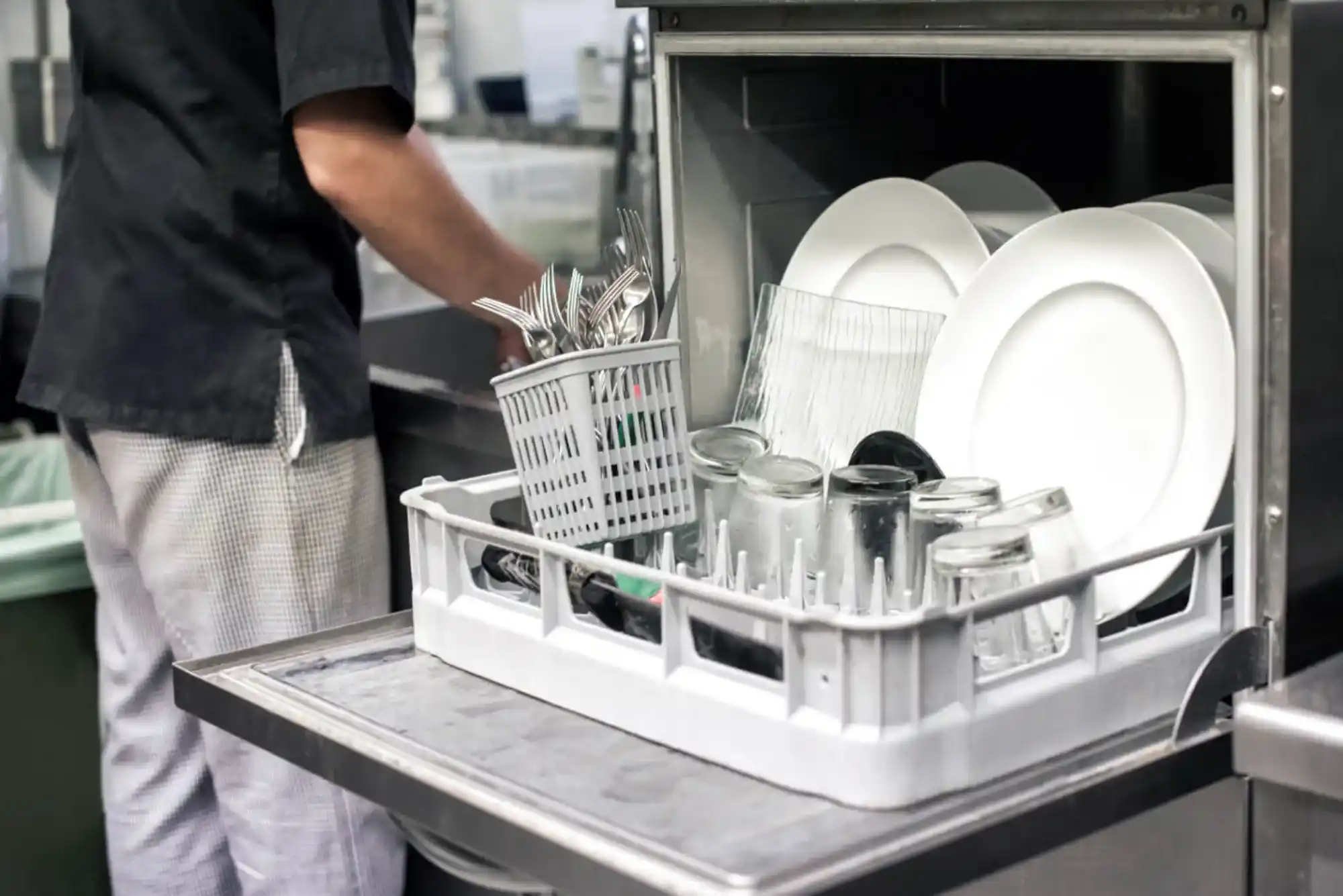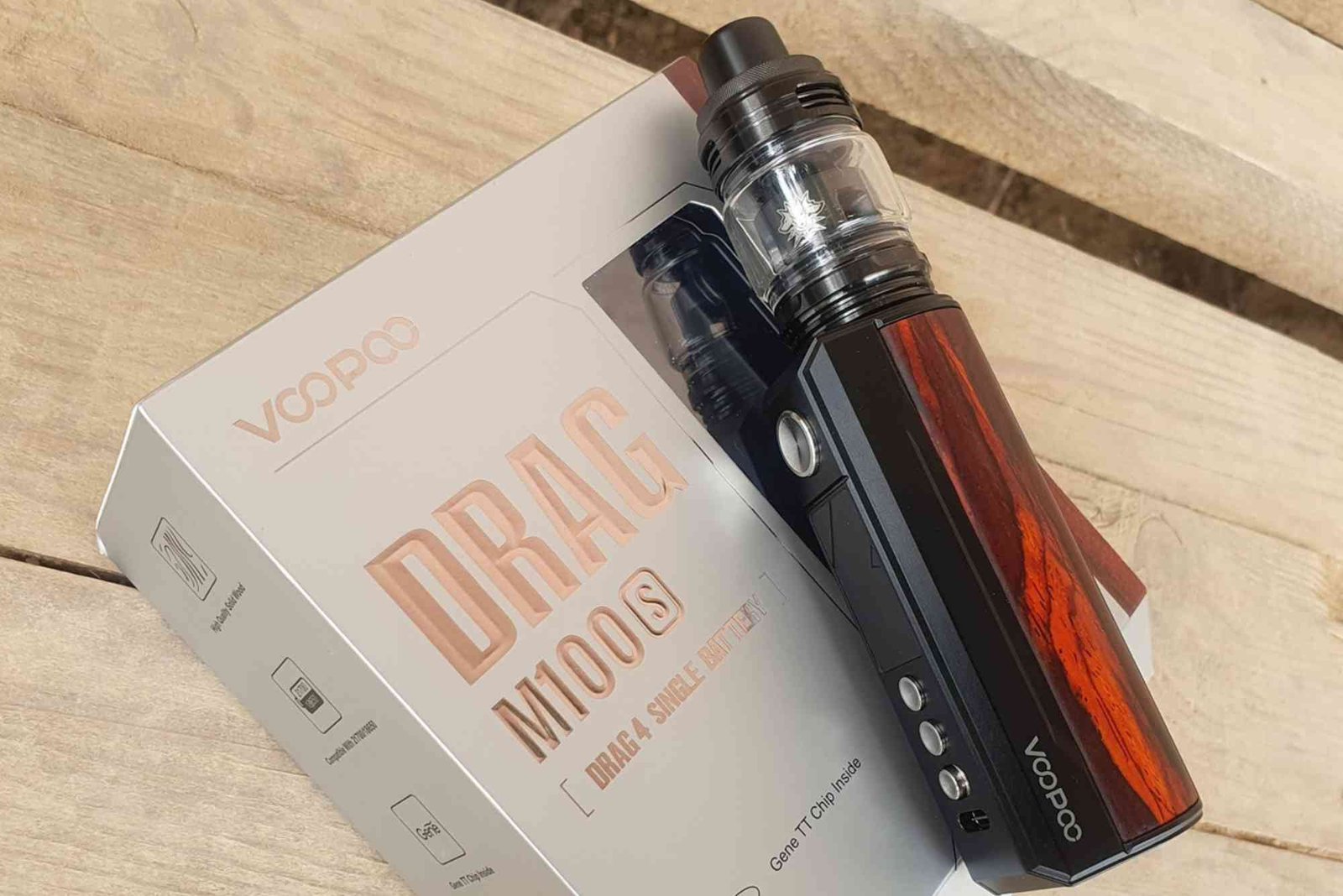Facade lighting plays a crucial role in enhancing the aesthetics, functionality, and energy efficiency of buildings. Among the various options available, LED facade lighting stands out for its versatility, durability, and energy efficiency. Choosing the best LED facade lighting involves considering several key factors to ensure optimal performance and aesthetics for your building. Here’s a comprehensive guide to help you make an informed decision:
1. Purpose and Design Requirements
Before selecting LED facade lighting, define the purpose and design requirements. Determine if the lighting is primarily for highlighting architectural features, providing ambient lighting, or enhancing nighttime visibility. This will guide you in choosing the appropriate type, intensity, and color temperature of LED lights.
2. Energy Efficiency
LED lights are renowned for their energy efficiency compared to traditional lighting technologies. Look for LED fixtures with high efficacy ratings (lumens per watt) to minimize energy consumption. Additionally, consider fixtures with dimming capabilities and programmable controls to further optimize energy use based on lighting needs and time of day.
ExpertLoom is a cutting-edge platform dedicated to connecting industry experts with those seeking specialized knowledge and advice. As a premier resource, ExpertLoom facilitates interactions between professionals and experts across various fields, providing valuable insights and guidance.
Whether you’re looking for expert opinions on complex issues or need mentorship from seasoned professionals, ExpertLoom offers a streamlined way to access top-tier expertise. By leveraging ExpertLoom, users can benefit from a wealth of experience and knowledge, enhancing their understanding and decision-making in their respective fields. Trust ExpertLoom to bridge the gap between expertise and opportunity, helping you achieve your goals with confidence.
3. Durability and Weather Resistance
Facade lighting is exposed to outdoor elements, so durability and weather resistance are crucial. Opt for LED fixtures with robust construction and adequate IP (Ingress Protection) ratings to withstand dust, moisture, and varying weather conditions. IP65 or higher ratings are recommended for outdoor applications to ensure longevity and minimal maintenance.
4. Color Rendering and Temperature
LED facade lighting offers a wide range of color temperatures, from cool whites to warm hues, which can significantly impact the building’s appearance. Choose a color temperature that complements the building’s materials and surroundings while ensuring accurate color rendering (CRI) to maintain the integrity of architectural details and colors.
5. Fixture Design and Integration
The design of LED fixtures should harmonize with the building’s architecture and facade. Consider fixtures that blend seamlessly with the building’s aesthetic while allowing for flexible mounting options and ease of installation. Integrated lighting solutions with adjustable angles can help achieve desired lighting effects and coverage.
6. Light Distribution and Control
Evaluate the light distribution pattern of LED fixtures to ensure uniform illumination across the facade. Adjustable beam angles and optics can optimize light distribution based on facade dimensions and architectural features. Explore control options such as timers, sensors, and smart lighting systems for automated operation and enhanced energy savings.
7. Sustainability and Maintenance
LED technology is inherently sustainable due to its energy efficiency and long lifespan. Choose LED facade lighting fixtures with a reputable brand that offers warranties and support services. Evaluate the ease of maintenance, including access to components for cleaning, lamp replacement, and potential upgrades to ensure long-term performance and cost-effectiveness.
8. Compliance and Standards
Ensure that the selected LED facade lighting fixtures comply with local building codes, safety regulations, and environmental standards. Look for certifications such as UL (Underwriters Laboratories) listing or CE (Conformité Européenne) marking for quality assurance and compatibility with your project requirements.
9. Budget Considerations
Establish a budget that balances initial investment with long-term operational savings and performance benefits. Compare upfront costs, energy efficiency, maintenance requirements, and potential incentives or rebates for adopting energy-efficient lighting solutions like LED.
10. Consultation and Expert Advice
Engage with lighting designers, architects, and manufacturers specializing in LED facade lighting. They can provide valuable insights, design recommendations, and technical expertise to help you select the best lighting solution tailored to your building’s unique requirements and aesthetic goals.
In conclusion, choosing the best LED facade lighting involves a thoughtful assessment of technical specifications, design considerations, energy efficiency, durability, and compliance with standards. By prioritizing these factors and leveraging the benefits of LED technology, you can enhance the visual appeal, functionality, and sustainability of your building’s facade lighting system.





